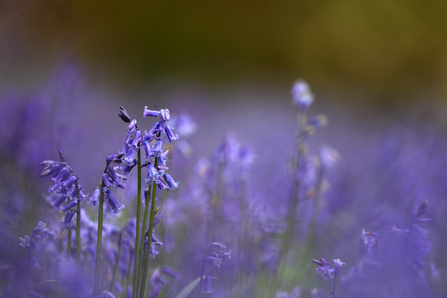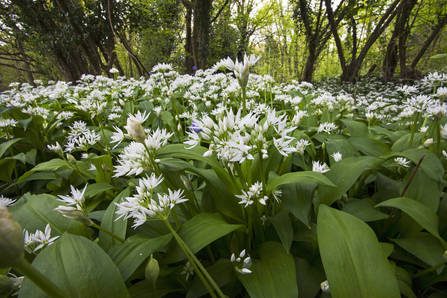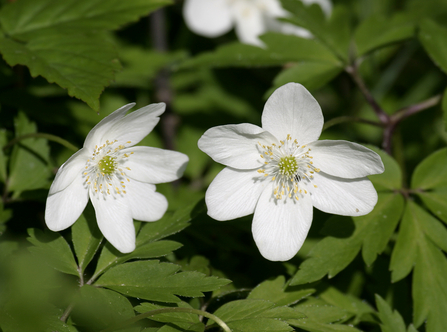Bluebells
The bluebell is often called ‘the unofficial national flower’ and is one of the most telling signs that spring is in full swing. When in bloom, entire woodland floors are covered in stunning displays of purples and blues with millions of bulbs existing in one woodland.
Over half of the world’s bluebells are found in the UK and they are often a sign that you are walking amongst an ancient woodland. Bluebell carpets are an important habitat for pollinators but are fragile to trampling. These colonies can take a long time to establish, typically between five to seven years from seed to flower.
Bluebell carpets can be seen over the space of a few weeks in early spring, typically from mid-April onwards.



